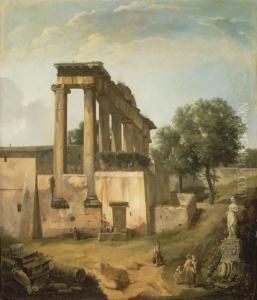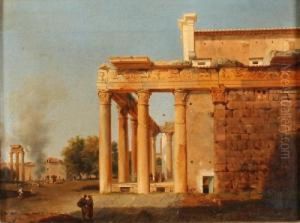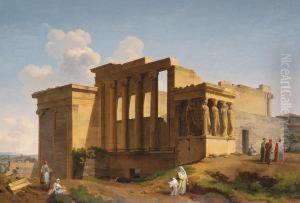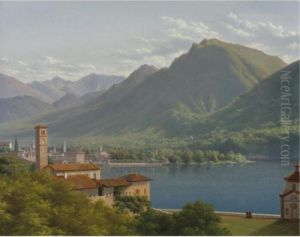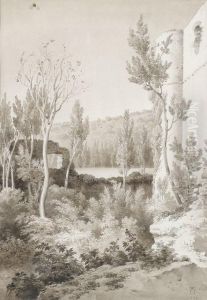Lancelot Theodore Turpin De Crisse Paintings
Lancelot Theodore Turpin de Crissé was a French painter and art historian born on February 22, 1782, in Angers, France. He came from a noble background and was initially destined for a military career, but his passion for art and his talent for painting led him to pursue a different path.
During his early years, Turpin de Crissé studied art under the guidance of Jacques-Louis David, who was a preeminent French painter in the neoclassical style. His education was interrupted by the French Revolution, but he continued to develop his skills and was able to return to formal training after the political turmoil subsided.
In the early 1800s, Turpin de Crissé traveled to Italy, which was a common practice for artists of the time. There he was deeply influenced by the Italian landscape, Renaissance art, and the works of the Old Masters. His paintings started to reflect his travels and showed a preference for architectural subjects, landscapes, and historical scenes, often imbued with a romantic sensibility.
After his return to France, Turpin de Crissé became a member of the Academy of Fine Arts in 1816. He was active in the Parisian art scene, exhibiting his work at the Salon, the official art exhibition of the Académie des Beaux-Arts in Paris. His works were appreciated for their clarity, composition, and historical accuracy, which was a testament to his dual interest in both art and history.
Throughout his career, Turpin de Crissé was also involved in art conservation and served as an inspector of historical monuments. This role allowed him to advocate for the preservation of France's architectural heritage. His knowledge of art history and his commitment to preservation were evident in his written works, including a treatise on the restoration of paintings.
Lancelot Theodore Turpin de Crissé died on June 16, 1859, leaving behind a legacy that included not only his own paintings but also his contributions to the field of art history and conservation. His works can be found in various museums and collections, and he is remembered for his dedication to the arts during a transformative period in French history.
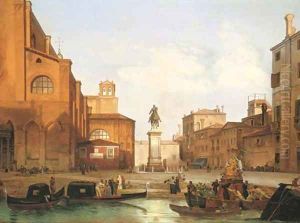
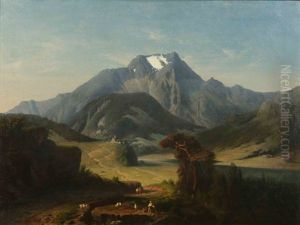
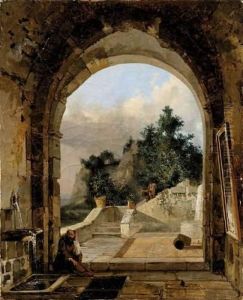
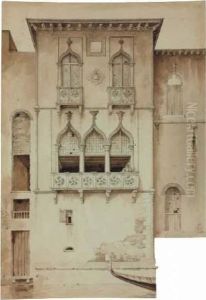
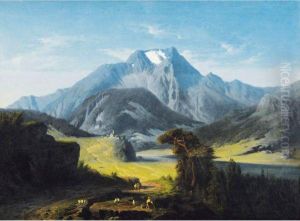
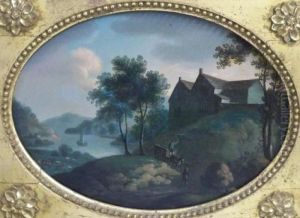
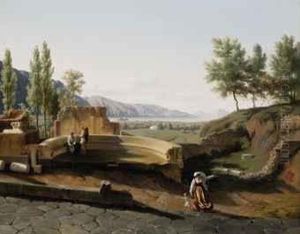
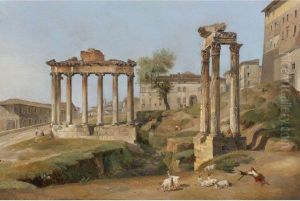
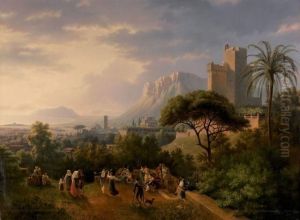
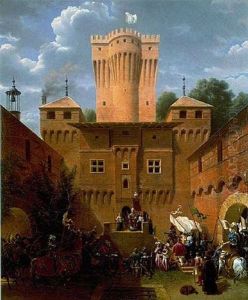
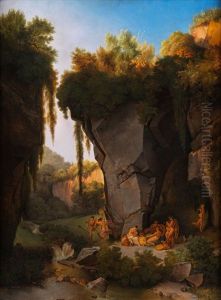
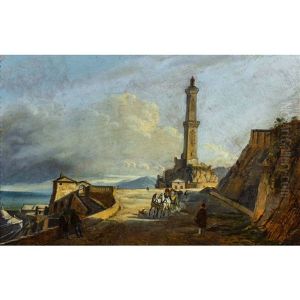
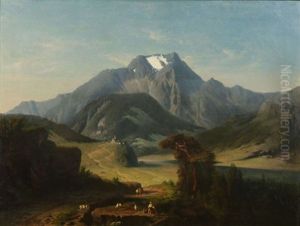
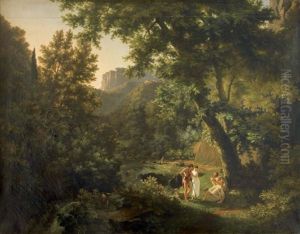
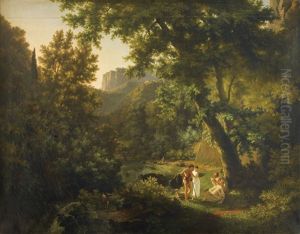
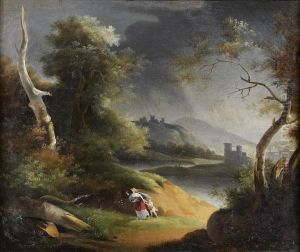
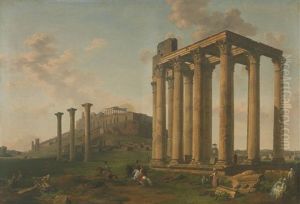
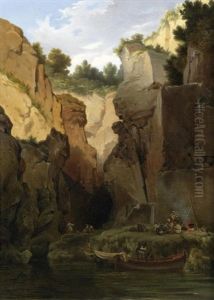
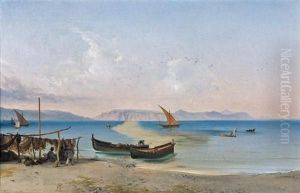
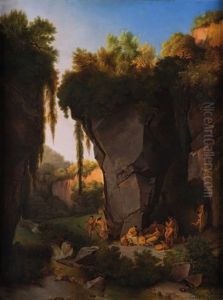
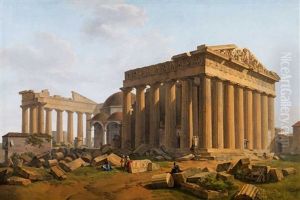
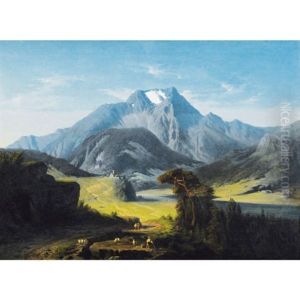
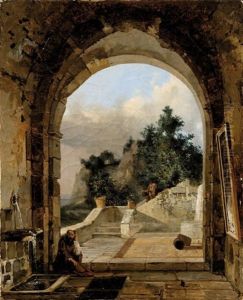
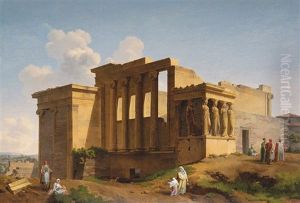
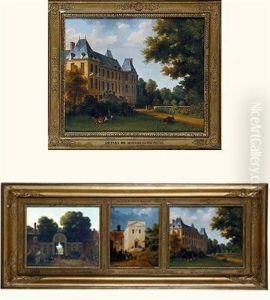
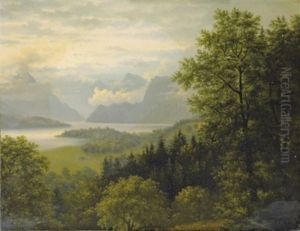
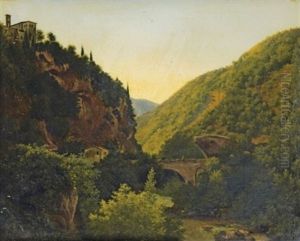
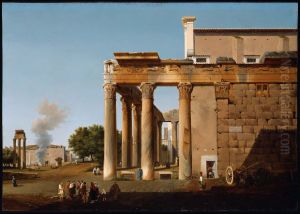
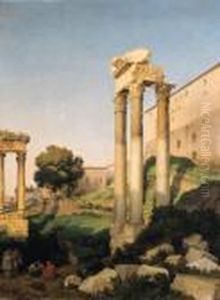

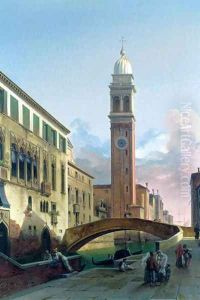
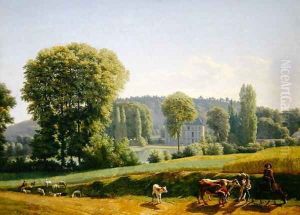
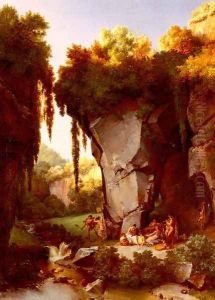
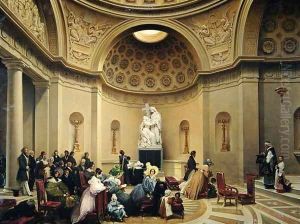
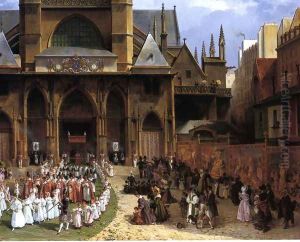
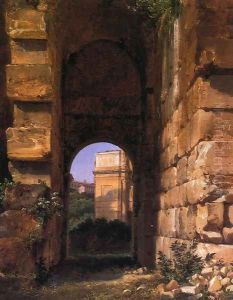
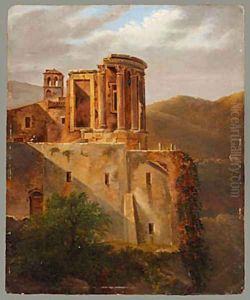
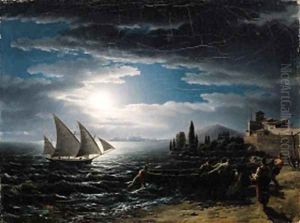
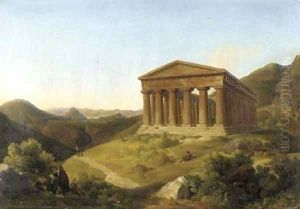
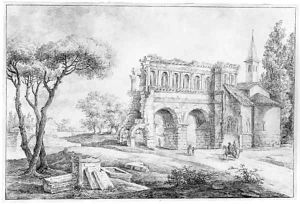
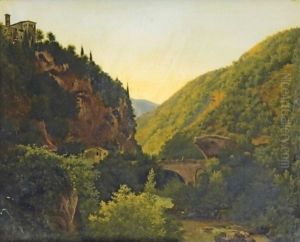
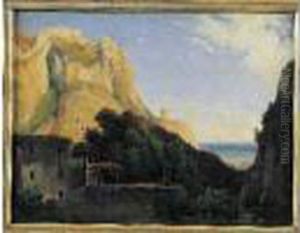
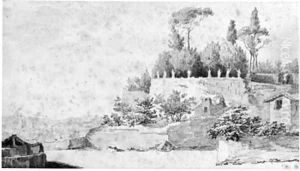
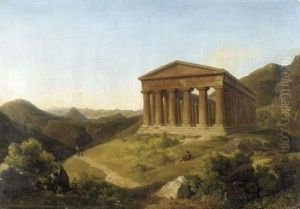
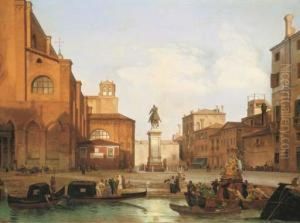
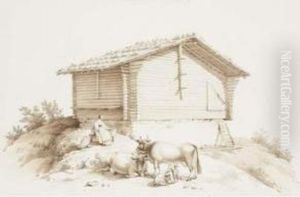
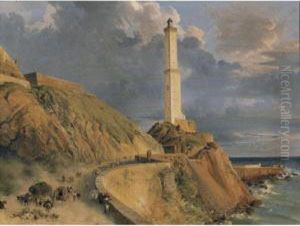
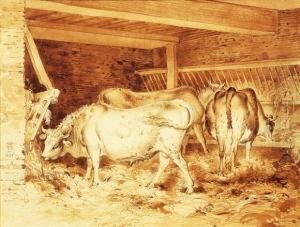
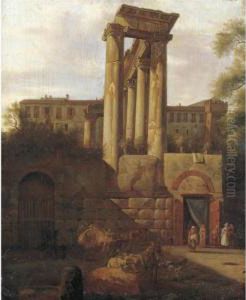
![Pont Et Aqueduc En Ruine A San
Cosimato [ ; Bridge And Acqueduct In Ruins, San Cosimato; Oil On Paper
Laid Down On Canvas ; Inscribed On The Reverse]](https://www.niceartgallery.com/imgs/1653184/s/lancelot-theodore-turpin-de-crisse-pont-et-aqueduc-en-ruine-a-san-cosimato-bridge-and-acqueduct-in-ruins-san-cosimato-oil-on-paper-laid-down-on-canvas-inscribed-on-the-reverse-463a3ecd.jpg)
![Bords De Lac , Probablement Le
Lac De Lucerne [ ; By The Lake , Probably Lucerne Switzerland; Oil On
Paper Laid Down On Canvas ; Dated 1816 ; Inscribed On The Reserve]](https://www.niceartgallery.com/imgs/1653183/s/lancelot-theodore-turpin-de-crisse-bords-de-lac-probablement-le-lac-de-lucerne-by-the-lake-probably-lucerne-switzerland-oil-on-paper-laid-down-on-canvas-dated-1816-inscribed-on-the-reserve-c04b586.jpg)
